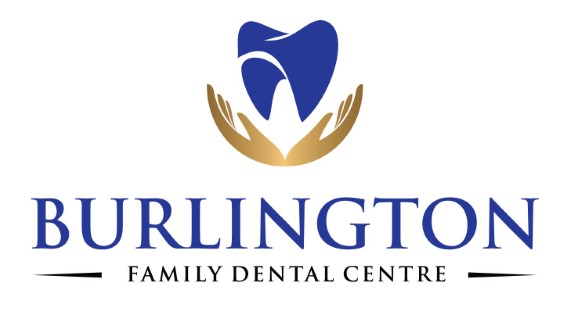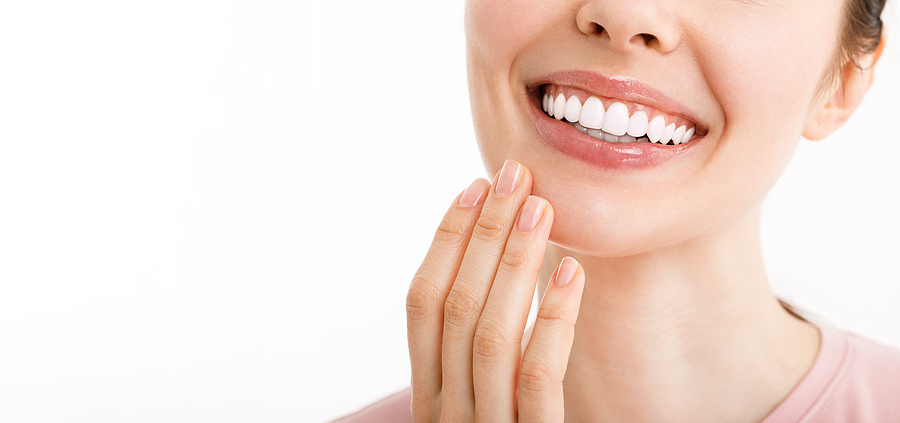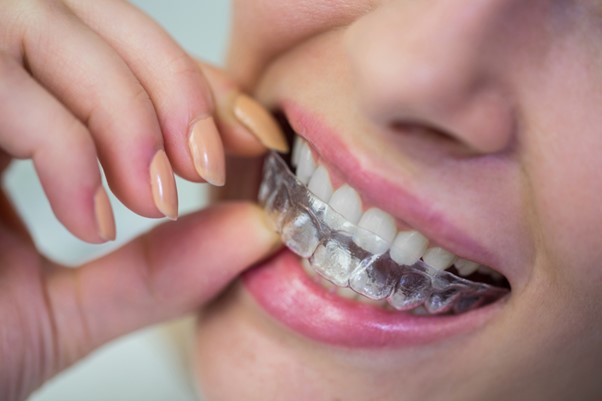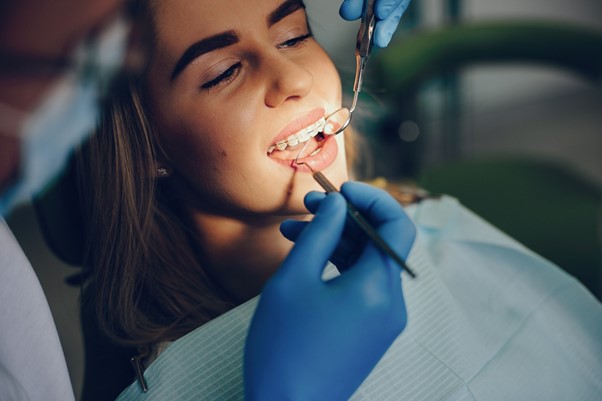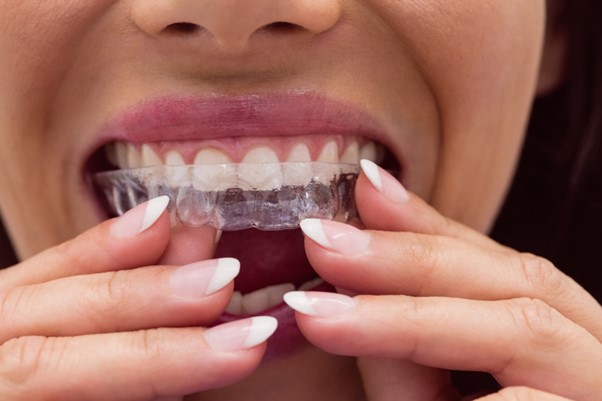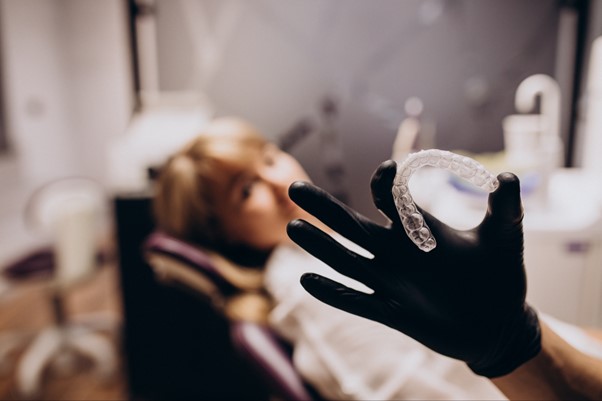Table of Contents
- What does the price depend on
- How much does a full set cost?
- Are Clear Aligners from Invisalign cheaper than braces?
- What are the alternatives to Invisalign?
- What does Invisalign do?
- What can Invisalign not do?
- Downside to Invisalign
- Upside to Invisalign
- The Invisalign process
- What is the success rate?
- What is the failure rate?
- Is it worth it?
- Frequently Asked Questions
Invisalign clear aligners offer a more subtle and refined approach for those seeking orthodontic treatment. While traditional braces are made of metal or ceramic plates firmly fixed to the teeth’s surface, Invisalign aligners are light, removable structures made from plastic. They present themselves as transparent caps fitted over the teeth. Invisalign has an enormous aesthetic appeal due to its near-invisibility.
The cost of Invisalign treatment can vary and is mainly dependent on the dentist’s expertise and specialization, the patient’s requirements and needs, and the complexity of their case. With that said, let us begin.
What does the price depend on?
The cost of Invisalign treatment depends on a few factors:
- Payment Plans
At Burlington Family Dental Centre, we can offer you fit your budget payment plans to make it affordable with easy monthly payments.
- Case complexity
The complexity of the case and the patient’s overall oral health determine the final cost of Invisalign treatment. Any additional treatments, such as tooth extraction or cavity treatment, will increase the price. It is also essential to determine what you want to achieve with Invisalign: are you looking to adjust your bite or simply want a better-looking smile? The length of the treatment and the associated procedures are significant factors in calculating the cost.
- Location and insurance policy
Some insurance plans offer to pay for part of Invisalign treatment, depending on the contract terms. Checking with the insurance provider to see how much they will contribute is necessary, as coverage can vary. Additionally, there may be a lifetime limit on what the insurer must pay for orthodontic services.
How much does a full set cost?
(Image by wavebreakmedia_micro on Freepik)
Invisalign treatment can range from $1200 to $8000 depending on the complexity of the case and the number of aligners needed.
- Treatment for mild cases (up to seven aligners) with Invisalign Express is can vary between $1200 and $2000.
- For mild-to-moderate cases (up to 20 aligners) with Invisalign Lite or Moderate, one should expect to pay around $3000 to $5000.
- Moderate-to-severe cases often necessitate Invisalign Comprehensive, which includes unlimited aligners and an average cost of $4500 to $8000.
- With Invisalign First Comprehensive and Invisalign First Comprehensive Phase 2, growing children can receive specialized treatment that ranges from $3000 to $4500 each. It is an investment in their health and confidence that can last a lifetime.
Are Clear Aligners from Invisalign cheaper than braces?
Invisalign prices are comparable to braces. The cost will depend on the amount of work ahead and the condition of the teeth. Someone dealing with a major overbite will require more aligners and more extended treatment, thus making it very expensive. On the other hand, minor overbites need fewer aligners and a shorter treatment to get into the proper position, resulting in lower costs. Problems that Invisalign alone cannot fix may require braces as an additional step, increasing the overall price.
What are the alternatives to Invisalign?
Invisalign is one of many clear aligner options available. Here are a few:
- BYTE
Byte offers a straightforward, home-based teeth alignment solution. Patients receive the kit at their doorstep and manage the care without in-person appointments, resulting in less administrative work and time spent on procedures. Byte also promises faster treatment times and cheaper costs when compared to Invisalign, with the maximum price point of treatment sitting on the low end of Invisalign’s range. The process is similar to Invisalign when opting for All-day aligners. Patients wear their aligners for 22 hours daily, removing them for meals and drinks. Byte provides an easier and more efficient solution for those with minor dental issues. It will not work for people with severely crooked teeth or serious misalignment problems.
- CANDID
Candid provides a comprehensive teeth-straightening solution at an average cost of $3000. There are no recurrent in-person appointments required, which saves time and money. The treatment also moves more quickly when using Candid for mild to moderate misalignment issues, such as crowded teeth. However, there are better choices than Candid for people with serious bite problems.
- AlignerCo
AlignerCo is the cheapest alternative to Invisalign, with a price tag of $895.00 for their SmileAdvantage package. This do-it-yourself option assigns the patient to a licensed dentist or orthodontist, who will create a personalized treatment plan and monitor their progress remotely. AlignerCo is ideal for affordable clear aligners that still deliver impressive results. However, it may not be suitable for individuals with severe overbite or underbite and misalignment issues, as with Byte and Candid.
What does Invisalign do?
When the upper teeth overlap the lower teeth, this is called an overbite.
(Image by wavebreakmedia_micro on Freepik)
Invisalign addresses orthodontic problems, such as:
- Teeth Misalignment, aka crowded and crooked teeth
The causes of misaligned teeth can be genetic or due to poor childhood habits like thumb-sucking. Misaligned teeth can bring much discomfort at an adult age and make people less confident, but this issue is not merely cosmetic. Misaligned teeth are harder to clean, leading to tooth decay and other problems. It can also create eating and chewing difficulties and cause the patient to feel extreme sensitivity to dental treatments. Invisalign works to resolve these issues, providing a discreet solution for those who have not had the opportunity to wear braces in their youth.
Invisalign applies steady pressure on malaligned teeth to bring them into the desired alignment. The length of misaligned teeth treatment with Invisalign clear braces depends on the severity of the misalignment but typically takes six months to a year.
- Underbite and overbite
When the upper teeth extend over the lower teeth, this is called an overbite. On the other hand, an underbite occurs when the lower teeth expand over the upper teeth. Generally speaking, a slight overlap in the jawline (2-3 millimeters) is considered normal. If it is more significant than that, a person may struggle with tooth wear, discomfort, or even jaw pain.
Invisalign clear aligners can help to reverse an overbite, an underbite, and mild to moderate forms of closed occlusion (if not caused by bone structure issues, which may require surgery). They correct overbites and underbites by applying constant pressure on the teeth.
What can Invisalign not do?
- Patients with extreme malocclusion and a poor bite may not be suitable candidates for Invisalign. Sometimes the misalignment is so severe that surgical treatment is necessary, and braces combined with more invasive medical treatments are the best option.
- Individuals with misshaped or disproportionate teeth may have difficulties with Invisalign. The treatment could be jeopardized if the clear braces fail to align correctly. Those with tooth malformation must undergo a special treatment – which can include braces if necessary – before they are candidates for Invisalign.
- Patients with severely twisted or widely spaced teeth may also not be able to benefit from Invisalign. Clear aligners work best on teeth that have limited distortion, and braces are usually the most suitable option when there is a need for large-scale tooth movement.
Simply put, the extent of a person’s orthodontic or dental issues is usually the deciding factor when picking between Invisalign and braces. Traditional braces may be less aesthetic, but they are more robust and can tackle more extreme cases that Invisalign just can’t handle.
Downside to Invisalign
Although Invisalign offers many advantages, there are some potential drawbacks. Traditional braces may be more appropriate for certain types of orthodontic treatments. Patients must also consider the treatment duration, budget, and lifestyle.
The main cons of clear aligners are listed below.
- Invisalign is relatively
Even if the prices are comparable, it generally costs more to undergo Invisalign therapy than put on traditional braces. However, when patients make an appointment with a specialist, they typically receive an all-inclusive estimate of the entire Invisalign treatment. With braces, the price is often just for the device itself, and any installation, adjustments, or removal may incur additional charges. When selecting an orthodontic treatment within a budget, it is essential to consider its effectiveness and cost.
- Patients must keep their aligners on for at least 22 hours a day.
Wearing Invisalign aligners for at least 22 hours a day is needed to achieve the desired results. Patients can take them off only for eating and teeth brushing. No matter what is going on in the patient’s life, it will be necessary for them always to have the aligners on. Patients must also acquire a container and a special brush to store and clean the aligners throughout the day. If patients do not follow the suggested 22-hour-a-day method of wearing their aligners, they may quickly feel discomfort. Since the doctors carefully plan each process step, any disruptions could cause the dentist to create new impressions and aligners, resulting in additional fees and extending the duration of treatment by several months.
- Rare side effects
Patients may experience pain and discomfort when installing the first tray or replacing the old aligners with new ones because the teeth shift and adapt to the aligners. Most patients adapt to aligners quickly, in 1-2 days, but some may experience speech impediments during this period. These problems may also persist throughout the treatment, affecting self-confidence. Still, it is highly infrequent and generally stems from personal intolerance of the product.
Upside to Invisalign
Invisalign is the best option for self-conscious adults that are not comfortable with regular braces (Image by wavebreakmedia_micro on Freepik)
Invisalign clear braces present several advantages over traditional, heavy braces. Here are some of the pros of Invisalign:
- Clear aligners are comfortable.
Invisalign is way more comfortable to wear on teeth than braces. The aligners fit perfectly with the contours of the teeth. They are smooth and seamless, so one barely notices them in their mouth. They do not cause any irritation to the gums or have any sharp edges. Getting used to them only takes a few hours. There is no need to use extra products like dental wax to cover sharp bits that may poke out. There are no archwires fixed onto the surface of the teeth as there would be with braces.
- Clear braces are invisible and do not affect self-confidence.
Invisalign offers an attractive alternative for those concerned about their appearance. The transparent, almost invisible SmartTrackTM aligners allow patients to subtly and discreetly transform their smiles. Most people will not even be aware that someone is wearing clear braces. Invisalign allows patients to beautify their smiles without affecting their self-confidence. By comparison, wearing braces may cause some adult patients to shy away and withdraw from social situations.
- Invisalign aligners are easy to clean.
Taking care of clear braces is easy as they are removable. Regular brushing and flossing with a toothbrush and toothpaste are enough to keep them clean and hygienic, avoiding bad breath caused by food remains and dark spots on the aligners, thus ensuring good oral health.
The Invisalign process
Image by senivpetro on Freepik
Invisalign treatment is a simple, straightforward process.
Patients begin by making an appointment with the dentist or orthodontist of their choice. The specialist evaluates the misalignment and makes scans and x-rays to determine if clear aligners can correct the issue. The doctor will also provide the client with a 3D image of their smile after the Invisalign treatment. If Invisalign is appropriate, the doctor creates a personalized treatment plan that outlines the desired outcome and sends it to Invisalign. The manufacturer will then produce custom-fit aligners specifically for each stage of the treatment. The number of aligners will depend on the duration and complexity of the treatment.
- The patient will wear each aligner for around two weeks, taking it out only to eat, drink and brush their teeth.
- As they will switch out each set of aligners, their teeth will gradually shift, little by little, until they reach the desired position.
- The average duration of Invisalign ranges from 8 to 15 months, depending on the case’s complexity.
- Throughout the treatment, the patient will need to come in for regular check-ups every 6 to 8 weeks to ensure that things are going as planned.
What is the success rate?
When patients adhere to the rules of treatment and wear Invisalign aligners for 22 hours a day, their success rate is close to 100%. Although this technology may seem innovative, it has existed for some time. Many people started to opt for Invisalign clear braces in the last few years, especially self-conscious adults who felt uncomfortable with traditional braces.
What is the failure rate?
As noted before, following the prescribed treatment plan is essential to yielding positive outcomes. When conscientiously done, it effectively reduces the failure rate to nearly zero.
Is it worth it?
After Invisalign treatment, patients wear retainers to sleep every night. (Image by wavebreakmedia_micro on Freepik)
Invisalign treatment involves wearing a series of almost invisible, removable aligners. Each set of aligners is switched out every two weeks, using 3D computer technology to calculate the precise movements needed to shift teeth into the desired position and create the perfect smile.
The main benefits are;
- The aligners are almost invisible, so the patient can display a stunning smile throughout the treatment.
- The aligners can be removed, so one can eat and drink whatever they want while undergoing treatment by simply taking the aligners out.
- Taking care of Invisalign aligners is a child’s game. Since the aligners are removable, patients can still brush and floss like they used to without compromising their orthodontic treatment.
However, Invisalign has a few drawbacks, too, such as mild discomfort when putting them on and off, potential side effects, the fact that this treatment cannot address all orthodontic issues, and its usual price tag.
In conclusion, Invisalign is an excellent way to get a pretty smile and improve oral health that doesn’t interfere with the patient’s comfort or appearance. If it is in their budget and relevant to their needs, investing in Invisalign treatment is worth the time and money.
Frequently Asked Questions
Do you need to wear a retainer forever?
Retainers are crafted to fit the shape of the mouth and keep the teeth aligned and in the proper position. They can be used independently as a means of addressing specific dental issues, as well as to preserve results from treatments like Invisalign.
After an orthodontic treatment such as Invisalign, it is typical to wear retainers constantly for three to four months. Afterward, the patients will only need to wear them when sleeping. Most dentists recommend doing this regularly to keep the teeth aligned.
Of course, even those who do not opt for orthodontic treatment must remember that teeth will still shift with age, so wearing retainers at night can help preserve a beautiful and well-aligned smile through the years.
Do you have to sleep with it?
During Invisalign treatment, doctors expect patients to sleep with their aligners in. However, they can take them out to eat and drink. After treatment, retainers are worn all day for the first few months, usually up to four. After that, the retainers are only worn at night. Although specialists wish they could guarantee their patients that treatment results would last a lifetime, it is impossible. The structure of facial bones and teeth changes as people age, and even naturally well-aligned teeth shift. Orthodontic treatments leave teeth feeling more vulnerable and liable to displacement if not adequately cared for after treatment. Wearing a retainer every night during sleep helps keep teeth in place, avoiding unwanted movements due to the natural aging process.
Are there ways to extend the retainer’s lifespan?
- Treat them gently: keep them clean and dry and wash them daily with soap and water.
- Always store them in their container.
- It is important to take them to the dentist to adjust if they get damaged or lose shape over time.
- If you have a fixed retainer, be careful when biting. Avoid hard foods so that the retainer does not shift or break.
More questions or book an appointment?
If you wish to book a free consultation for Invisalign for your kids, Invisalign for teens, or Invisalign for adults, simply contact us now.
Otherwise, please go here to learn more about Invisalign in Burlington
